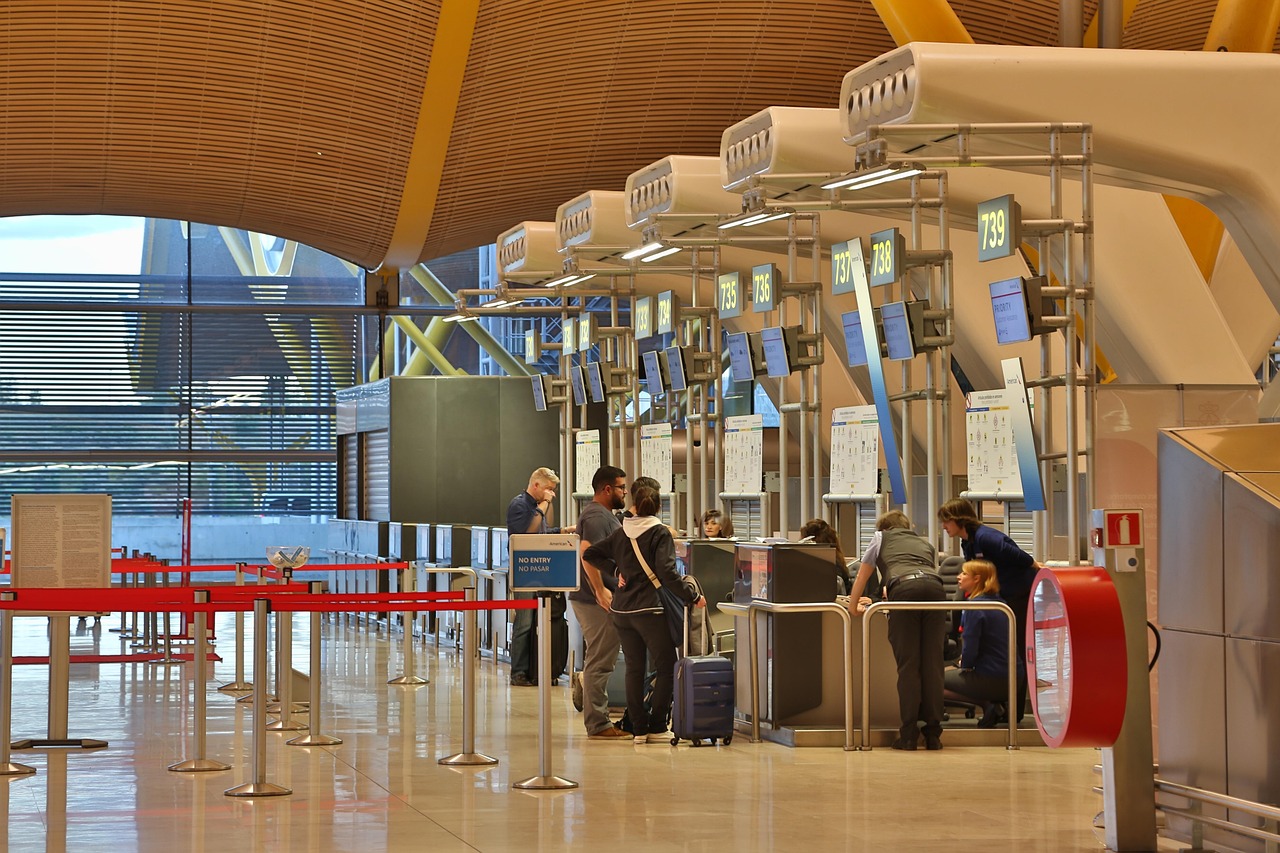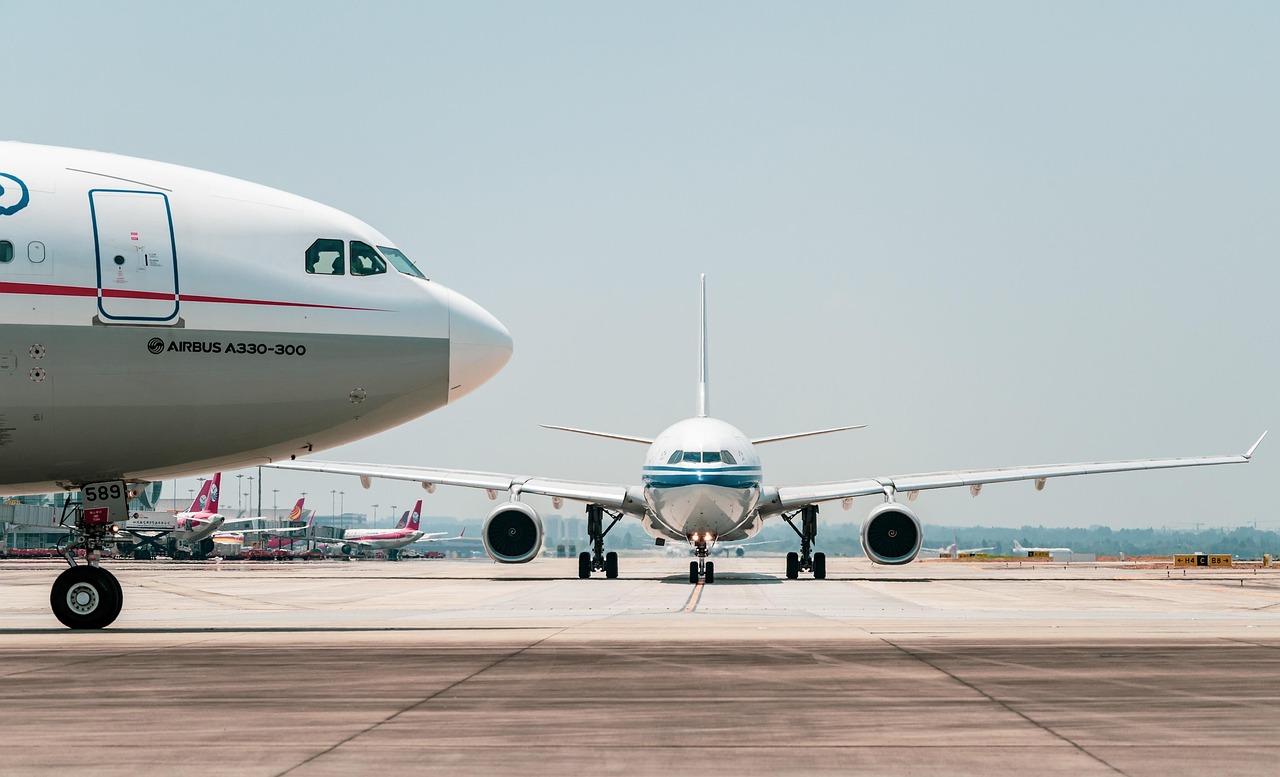What I Saw Before Takeoff: Three Devices or Just One?
PoC & MCS
It was 4:50 AM when I arrived at the airport for a long-haul flight to Croatia, heading to our HGPS event. The hall was dim, and most passengers looked like they hadn't slept — myself included. With a boarding pass in one hand and coffee in the other, I walked toward check-in, ready to zone out.
But something pulled me in: I started noticing how many moving parts — and moving people — it takes to get a flight off the ground.

Checkpoint One: At the Counter
The first interaction came at the check-in counter. The agent greeted me with a smile, but I could see she was juggling more than just my passport. She had a desktop for the system, a tablet for mobile service tasks, a radio clipped to her vest, and her phone buzzing on the side. As she checked my luggage, she paused twice to respond to dispatch and flipped screens to file a service note.
“We use at least three devices per shift,” I overheard her say to a colleague.
“And they don't always talk to each other.”
It struck me that even here — at one of the most familiar stages of a flight — the tools weren't as integrated as the process demanded.
I couldn't help but think: What if all of this could run on one single, rugged device?
Checkpoint Two: Security
Moving toward the security gate, I saw more of the same pattern.
A security officer was managing ID verification using a mobile app on a tablet, issuing instructions over a shoulder-worn radio, and occasionally glancing at a personal phone. I noticed him juggling between screens to scan a QR code, then calling over a colleague for backup when the app froze.
I spoke with one of the staff briefly — “If we could just scan, log, and talk from the same device, things would flow faster,” he said.
“And safer. Especially when we're dealing with alerts or unknown items.”
That's when I realized — it's not that these teams lack tools. It's that they lack one tool that can do it all.
Checkpoint Three: Baggage Services
After clearing security, I passed by the baggage office. Through the glass, I watched a handler take a photo of a damaged suitcase with his phone, then turn to a separate screen to enter the details. He made a call — possibly to dispatch — and then opened an app to report the issue.
Multiple steps. Multiple devices. And likely, multiple chances for the data to get lost in between.
Imagine if the entire flow — photo, annotation, reporting, and voice — could happen on one device, in real-time, and sync directly to the backend?
That's exactly the kind of workflow the PNC660 is designed for:
Run the app, capture the data, and talk to the right team — all from one smart terminal.
Checkpoint Four: Boarding Gate
At the gate, a coordinator was managing last-minute service orders while making flight announcements. Her radio crackled beside her; her phone buzzed with an update; she was using a tablet to sign off a boarding report.
“Sometimes I can't hear the call when I'm inside the app,” she told me with a sigh.
“I just want one device I can rely on, where everything is in sync.”
Here, the PNC660's dual USB-C port and remote speaker mic would have made a big difference — letting her charge and talk simultaneously, without interrupting her workflow. And if a high-level incident occurred? A quick press of the Secure Key would drop the device into Confidential Mode — disabling camera, mic, keyboard, and location tracking in one go.

By the time I took my seat and looked out the window, I wasn't just thinking about my presentation anymore — I was thinking about everything I'd just seen.
Check-in agents. Security staff. Baggage handlers. Gate coordinators. Each of them plays a critical role in airport operations. And each of them is currently doing too much with too little integration. Their tools aren't failing them — they're just scattered. What they need isn't another device. What they need is a better one — smart, unified, rugged, and secure. What they need is the PNC660.
Airports are a dance of logistics, pressure, and time. And in that chaos, simplicity is power. With the right smart terminal, we can give teams their time back — and make every second count. If your airport teams are still juggling three devices to do one job, maybe it's time to ask: What could they do with just one?
2





